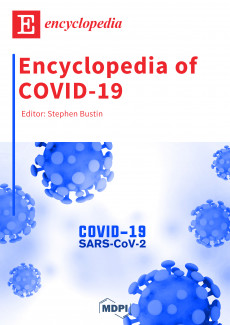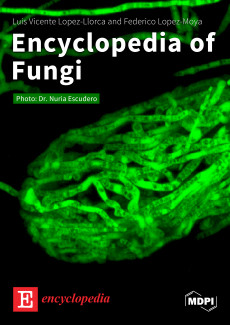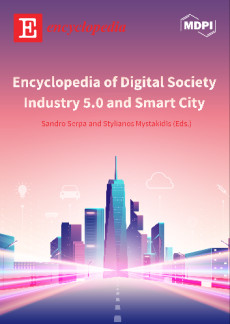Topic Review
- 58
- 25 Jul 2024
Topic Review
- 47
- 10 Jul 2024
Topic Review
- 1.6K
- 01 Jul 2024
Topic Review
- 3.1K
- 23 May 2024
Topic Review
- 3.3K
- 09 May 2024
Topic Review
- 539
- 15 Apr 2024
Topic Review
Peer Reviewed
- 7.2K
- 02 Apr 2024
Topic Review
Peer Reviewed
- 433
- 29 Mar 2024
Topic Review
- 297
- 27 Mar 2024
Topic Review
- 183
- 20 Mar 2024
Featured Entry Collections
Featured Books
- Encyclopedia of Social Sciences
- Chief Editor:
- Encyclopedia of COVID-19
- Chief Editor:
Stephen Bustin
- Encyclopedia of Fungi
- Chief Editor:
Luis V. Lopez-Llorca
- Encyclopedia of Digital Society, Industry 5.0 and Smart City
- Chief Editor:
Sandro Serpa
 Encyclopedia
Encyclopedia



